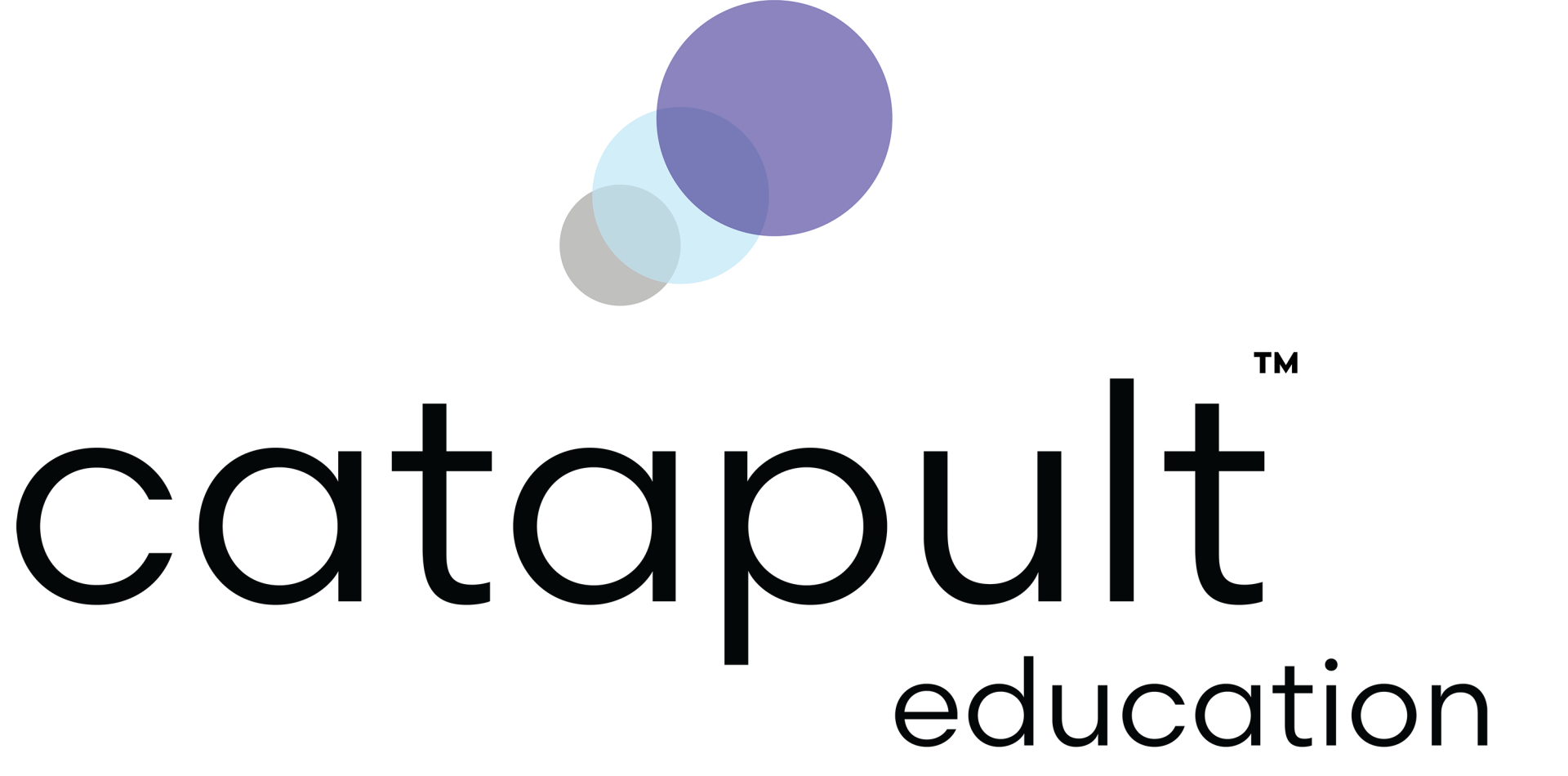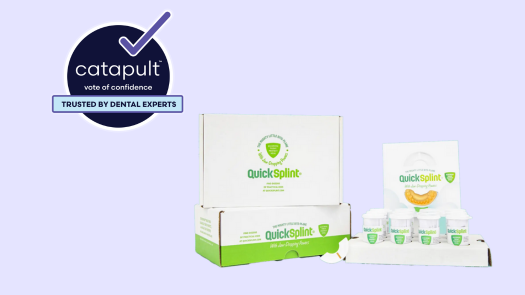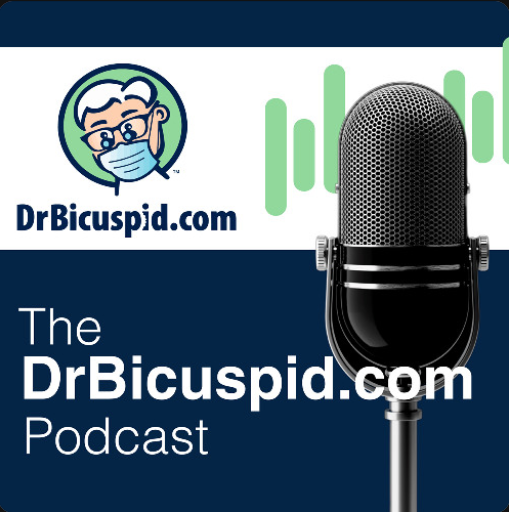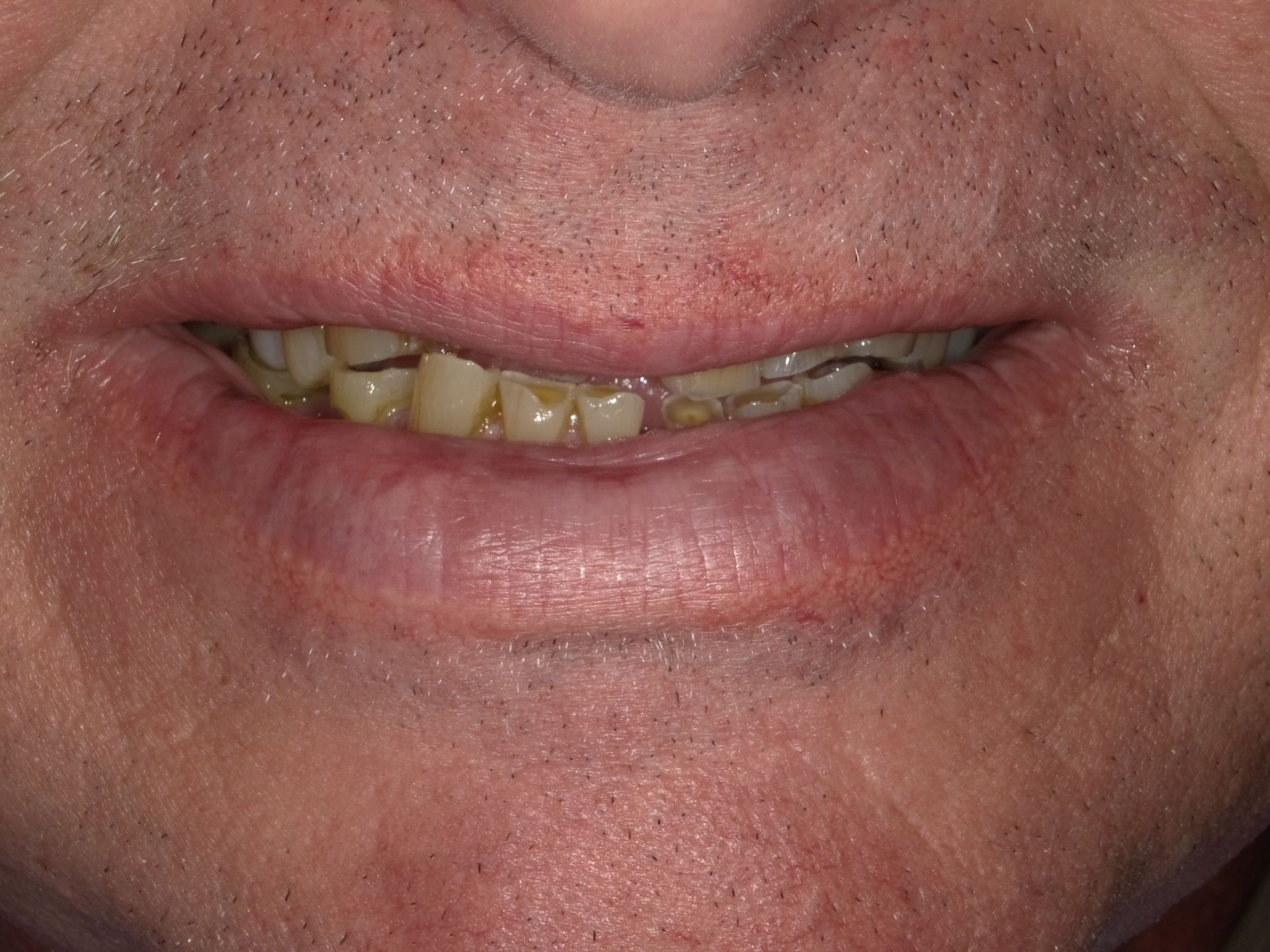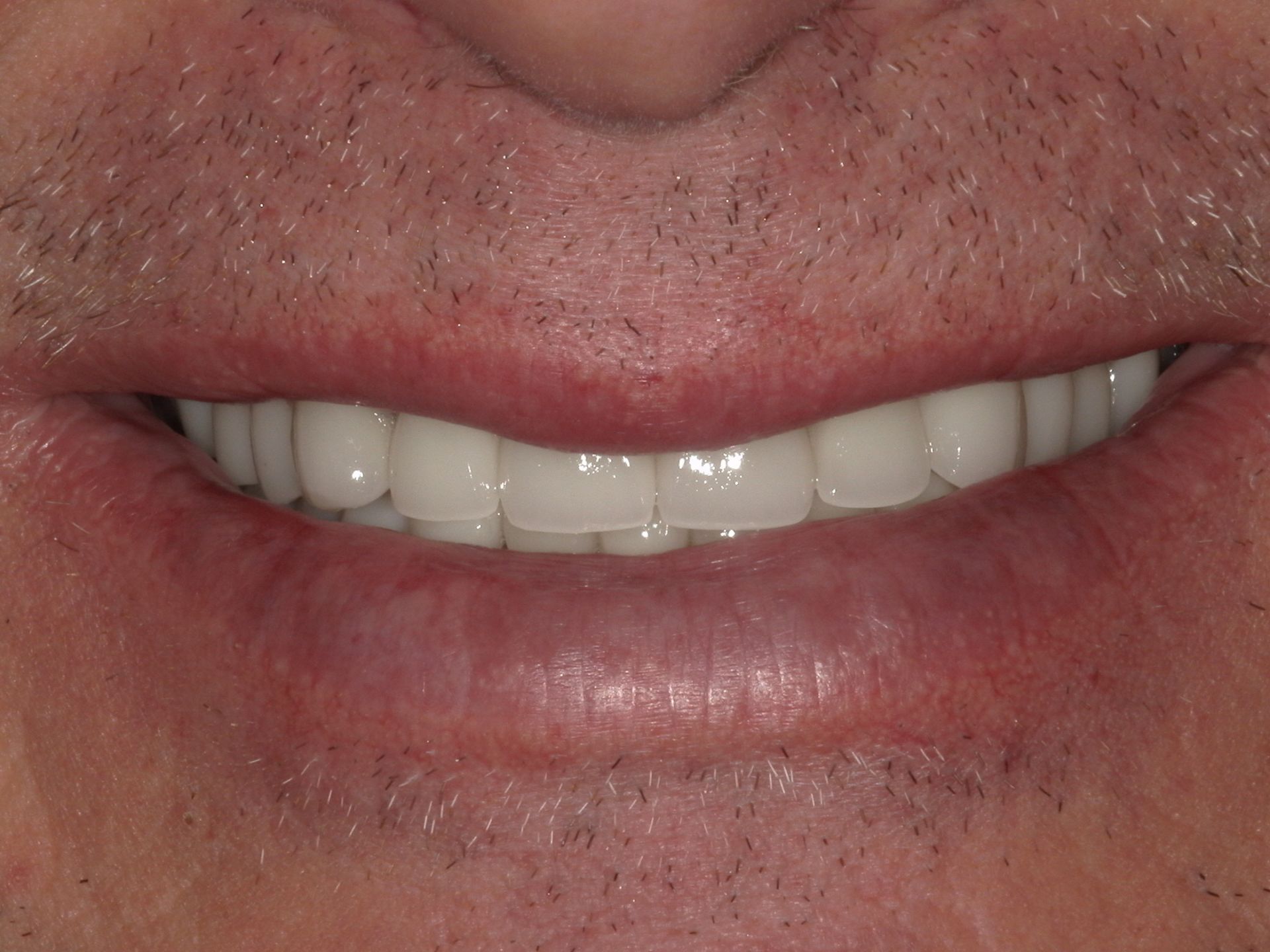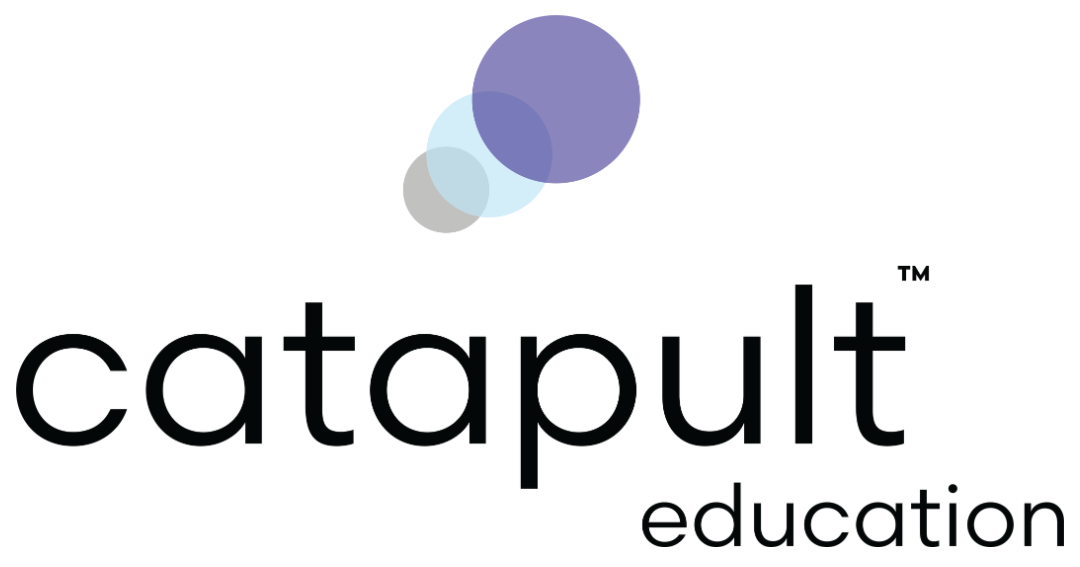Confessions of a TMJ-Confused Dentist
In the past 25 years, I have probably taken 10+ CE courses specifically about temperomandibular joint disorders. I’ve seen hundreds of photos of worn dentition, inflamed masseters, and dislocated disks. Through all of it, I have a confession to make: I still don’t totally understand.
In my quest for TMJ knowledge, I have been given seven different definitions of centric relation; I was told at one CE course about the “right way” to position a patient and was then told at another CE course that it was the wrong way.
I would love to devote the remainder of this article to the machinations of the joint, the muscles, the disk, the occlusion, and how the symphony between them serves as the key to functional or non-functional jaw health, but I truly lack the confidence in my knowledge. What I would like to do instead is point out that the following patients are either suffering, or will eventually be suffering:
Despite voids in my overall TMJ knowledge base, I’ve realized one very simple and inarguable fact: Bite splints usually work.
For these highly complex full-mouth rehabilitation cases, the occlusal habits and muscular posture for these patients must be “unlearned,” requiring some sort of deprogramming, before reconstruction can begin. [Figure 1 & 2] An expensive, lab-fabricated night guard is not an appropriate deprogrammer for dentition that is only a few weeks away from being completely redone.
So, what options do these patients have?
Enter the QuickSplint from Kettenbach. Kettenbach has enjoyed a long-standing reputation in the dental industry as a manufacturer of excellent, highly rated impression materials, cements, restorative products, temporary products, reline materials, fluoride, and others. When I learned about their recent QuickSplint product addition, I was curious about how it might benefit my practice and the patients who are suffering.
The QuickSplint was given to members of the Catapult Education product evaluation review board. This board comprises general dentists, prosthodontists, periodontists, and others. The QuickSplint was introduced to us as a means of overcoming the limitations explained above.
Here’s how it works. The splint is a universal, semilunar plastic tab that fits over approximately the front six upper teeth. Fitting it specifically onto a patient is done easily with the use of a strong, rigid bite registration material. (I prefer Futar bite by Kettenbach.) The patient bites for however long it takes for the bite registration material to set, and the process is done.
Why is it effective? For a variety of reasons.
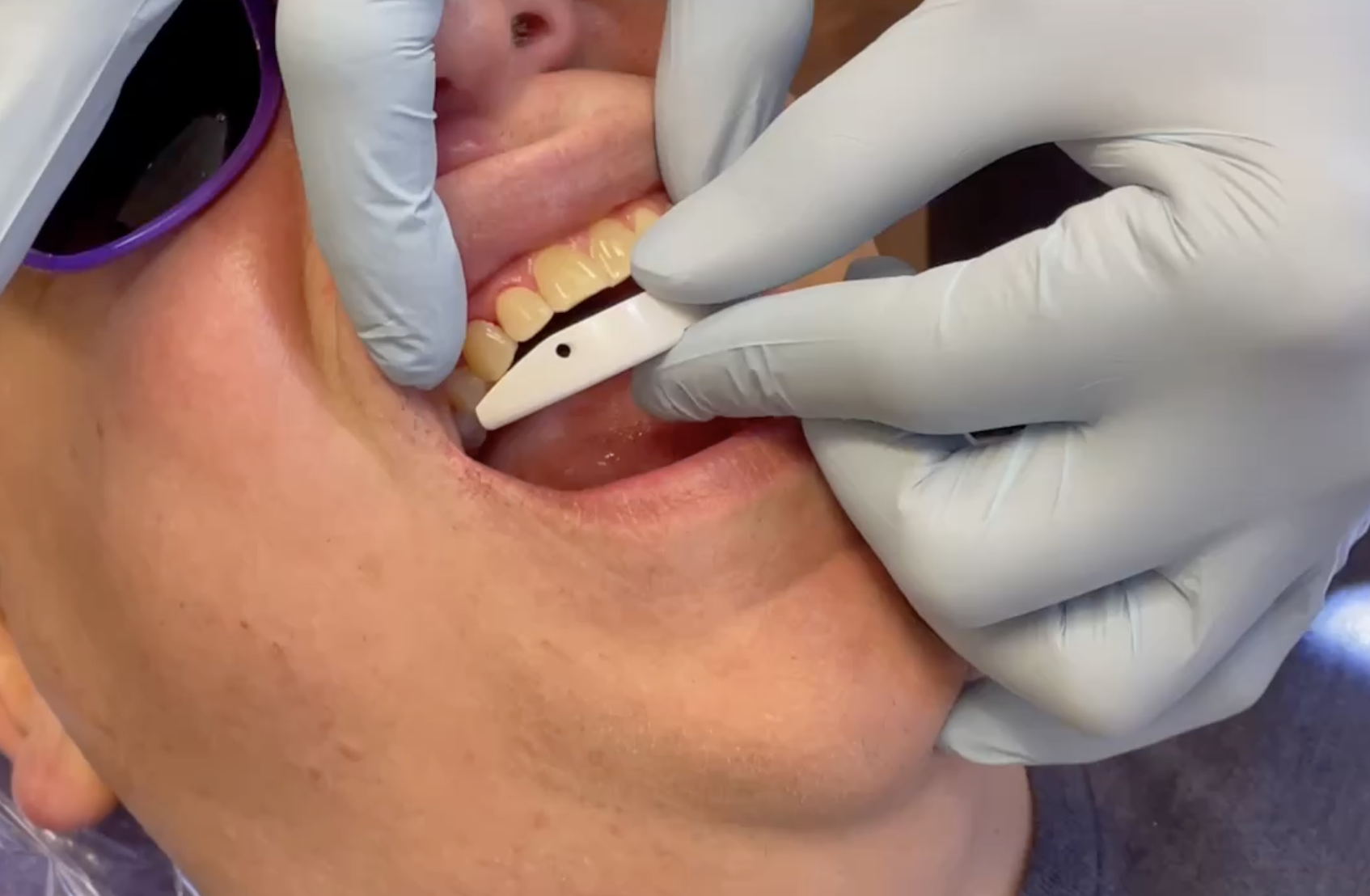
The Catapult Product Evaluation team was given the QuickSplint for eight weeks. Here are some of the comments from the evaluations each dentist was asked to fill out:
Congratulations: Kettenbach QuickSplint
Overnight Oral Appliance
Learn More about Kettenbach
Products for Your Patients
Say NO to boring CE.
new on-demand and LIVE online courses!
